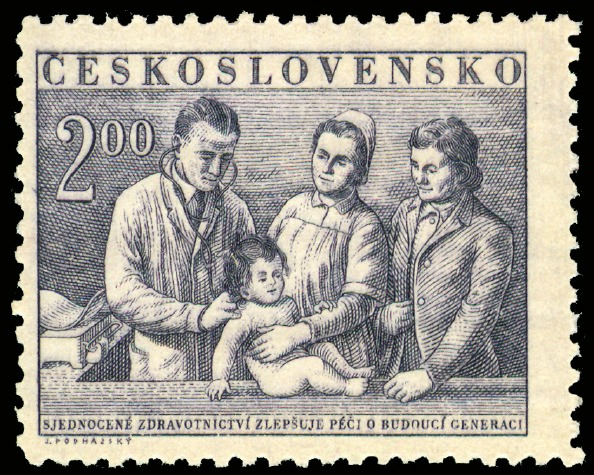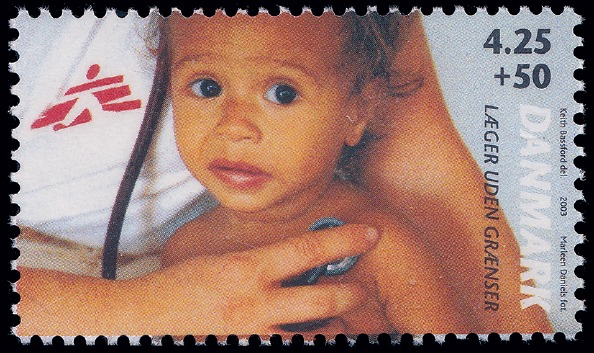Introduction
The word stethoscope is derived from the two Greek words, stethos (chest) and scopos (examination). Since mankind first began to study human physiology and the physical characteristics associated with various ailments, it has been obvious that the heart plays a crucial role in our bodies. The sounds the heart and surrounding organs, such as the lungs, make can be crucial indicators when examining a patient (1).
The first stethoscope was invented in 1816 by a young French physician named Rene Théophile-Hyacinthe Laënnec (1).
Early years
René-Théophile-Hyacinthe Laënnec (1781–1826) was born in Quimper, Brittany. He studied medicine in Paris under several famous physicians, including Dupuytren and Jean-Nicolas Corvisart-Desmarets. In 1795, at the age of 14, Laënnec was already helping in caring for the sick and wounded at the Hôtel Dieu in Nantes. Laënnec was appointed the surgeon at the Hôtel Dieu in Nantes in June 1799 at the age of 18. In 1800, Laënnec went to Paris and entered the École Pratique in Paris to study dissection in Guillaume Dupuytren's (1777–1835) laboratory, which was where macroscopic pathology in surgery and the concept of disease and its comparison with anatomical conditions were introduced. Moreover, he served as the editor of the Journal de Médecine (2).
While France was at war (1812–1813), Laënnec took charge of the wards in the Salpêtriére hospital that was reserved for wounded Breton soldiers. After the monarchy's return in 1816, Laënnec finally was offered and gladly accepted the position as a physician at the Necker Hospital in Paris, wherein his most important contribution to medicine would be realized (3).
Percussion of the chest was regularly used during the 18th century to reveal various sounds and to help outline enlarged organs or lesions in the chest. This method was invented by Leopold Auenbrugger of Vienna. However, his work on percussion was largely ignored until the early 1800s when Laënnec adopted and improved it (4).
Discovery of the stethoscope
One day, in the fall of 1816, Laënnec was scheduled to examine a young woman who had been laboring under general symptoms of a diseased heart. Laënnec needed to listen to the woman's chest. As the patient was somewhat overweight, Laënnec considered it both improper and inadequate to place his head on her chest and directly listen. He rolled up a sheet of paper into a tube and placed one end on the patient's chest. The tube magnified the sound, and Laënnec found that he could easily hear her lung sounds by putting his ear to the open end. The rolled up piece of paper was soon replaced by a hollow wooden tube (5).
He initially termed the device as “chest examiner.” He struggled to find a name for his invention, discarding names such as “sonometer,” “medical cornet,” and “pectrolique.” He particularly disliked his uncle's selection of “thoraciscope.” Finally, he selected stethoscope, which literally meant “I look into the chest” in Greek. (6) (Fig. 1).
Figure 1.

stamp published in Czechoslovakia in 1952 showing a physician with a stethoscope during his clinical examination
He became the first physician to reliably distinguish among bronchiectasis, emphysema, pneumothorax, lung abscess, hemorrhagic pleurisy, and pulmonary infarcts. He also opened the door to our modern understanding of cardiac maladies by describing their associated heart sounds and various murmurs (5).
On August 19, 1819, when Laënnec's magnum opus on the stethoscope, De l’Auscultation Médiate, was published, the two-volume book hardly caused a stir in the medical world (6).
This success, combined with the gradual acceptance of the stethoscope by practicing physicians, enabled Laënnec to revolutionize clinical medicine (7).
Furthermore, he developed the understanding of peritonitis and cirrhosis. Although cirrhosis was known, Laënnec gave cirrhosis its name, using the Greek word (kirrhos, tawny) that referred to the tawny, yellow nodules that are characteristic of the disease (8) (Fig. 2).
Figure 2.

A stamp issued in Denmark in 2003 by the Association of Doctors without Borders showing the symbol of stethoscope
Personal life
Laënnec was intensely religious and was a devout Catholic all his life. He was also known by his shy character, and it was his shyness that led to the innovation of the stethoscope because he felt quite uncomfortable, particularly while diagnosing young women by placing his ear on their chest (6).
In August 1824, he was made a chevalier of the Legion of Honor. Laënnec married Ms. Argon in 1824, just 2 years before his untimely death at the age of 45 years. He had no children. Laënnec's health deteriorated, and he progressively grew weaker because of tuberculosis in 1826 (8).
Laënnec died at Kerlouanec on August 13, 1826 at the age of 45 (9).
Known as the father of clinical auscultation, René Laënnec is considered to be one of the greatest doctors of all times.
Acknowledgements
We would like to thank Hakan Şentürk (writing consultant in the Writing Center at the Yeditepe University) for the excellent revision of this article for English. There is no external source of funding for this paper. The philatelic materials used in the paper belong to the personal collections of Dr. E. Elif Vatanoğlu-Lutz and Dr. Ahmet Doğan Ataman.
References
- 1.Roguin A. Rene Theophile Hyacinthe Laënnec (1781–1826):The Man Behind the Stethoscope. Clin Med Res. 2006;4:230–5. doi: 10.3121/cmr.4.3.230. [DOI] [PMC free article] [PubMed] [Google Scholar]
- 2.Karamanou M, Stratigos AJ, Saridaki Z, Tsoucalas G, Androutsos G. René-Théophile-Hyacinthe Laennec (1781-1826) and the description of metastatic pulmonary melanoma. J BUON. 2015;20:354–6. [PubMed] [Google Scholar]
- 3.Davies MK, Hollman A. René Théophile-Hyacinthe Laennec (1781-1826) Heart. 1996;76:196. doi: 10.1136/hrt.76.3.196. [DOI] [PMC free article] [PubMed] [Google Scholar]
- 4.Shikino K, Ikusaka M, Ohira Y, Miyahara M, Suzuki S, Hirukawa M, et al. Influence of predicting the diagnosis from history on the accuracy of physical examination. Adv Med Educ Pract. 2015;6:143–8. doi: 10.2147/AMEP.S77315. [DOI] [PMC free article] [PubMed] [Google Scholar]
- 5.Seaton A. Alas, poor Laennec. QJM. 2011;104:275–7. doi: 10.1093/qjmed/hcq215. [DOI] [PubMed] [Google Scholar]
- 6.Tan SY, Yeow ME. René Laennec (1781-1826):inventor of the stethoscope. Singapore Med J. 2005;46:106–7. [PubMed] [Google Scholar]
- 7.Fayssoil A. René Laennec (1781-1826) and the invention of the stethoscope. Am J Cardiol. 2009;104:743–4. doi: 10.1016/j.amjcard.2009.06.053. [DOI] [PubMed] [Google Scholar]
- 8.Lüderitz B. The discovery of the stethoscope by T.R. H. Laënnec (1781-1826) J Interv Card Electrophysiol. 2009;26:151–4. doi: 10.1007/s10840-009-9407-6. [DOI] [PubMed] [Google Scholar]
- 9.Logan JS. An autograph letter of Dr. Renĕ Laennec. Ulster Med J. 1972;41:108–10. [PMC free article] [PubMed] [Google Scholar]


